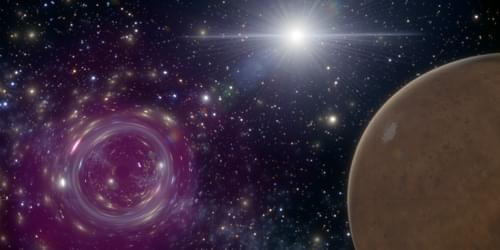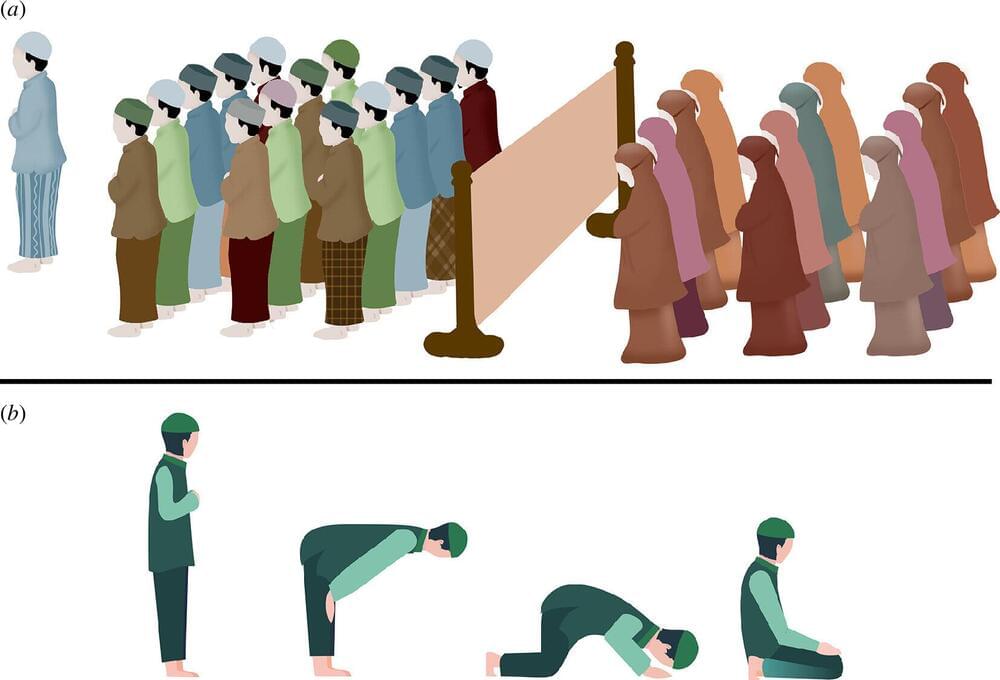Sep 19, 2024
Sara Imari Walker: Using physics to rethink the definition of life
Posted by Paul Battista in categories: biological, physics
Sara Imari Walker is a professor of physics at Arizona State University and the author of a new book Life as No One Knows It: The Physics of Life’s Emergence. As I wrote in my review of the book, I’m a big fan of Walker’s work (full disclosure, we have collaborated before on a paper and a proposal).
The subject of her work and the new book is what might be called the “Physics of Life.” This is different from biophysics, which tries to account for specific physics aspects of biological processes. Instead, the Physics of Life has a more ambitious goal: to understand what separates living from non-living systems.
Along with her collaborators, Walker developed Assembly Theory, which focuses on “selection” and is a fundamental physics account for the difference between life and non-life. Assembly Theory quantifies complexity by measuring how many unique steps are needed to build a molecular structure. By identifying complex patterns that signify biological processes, this framework could help scientists detect life forms on other worlds — even those that may not look like anything we’re familiar with on Earth.


















